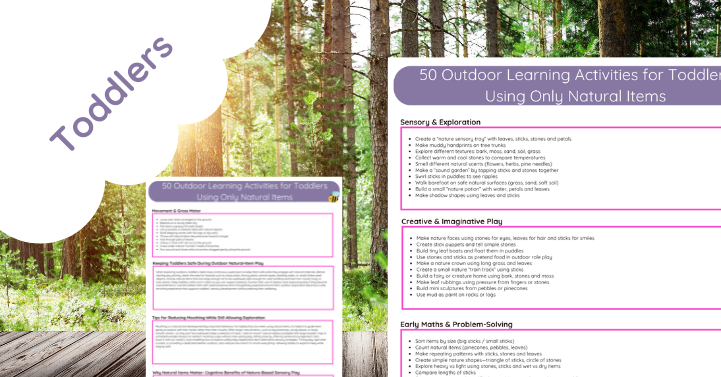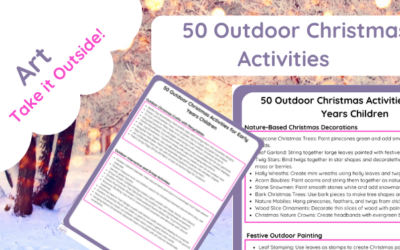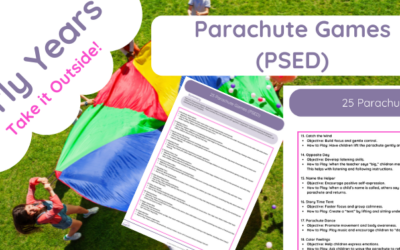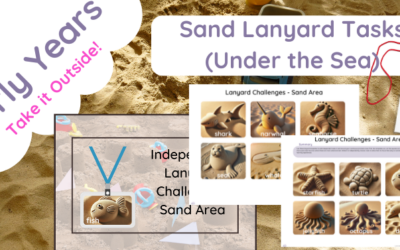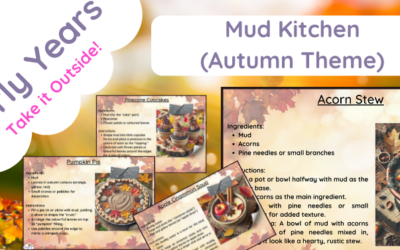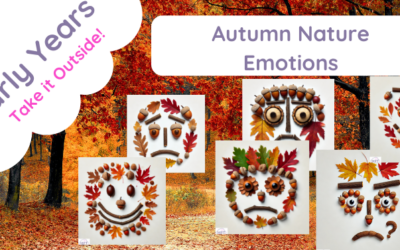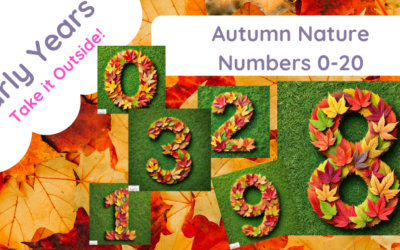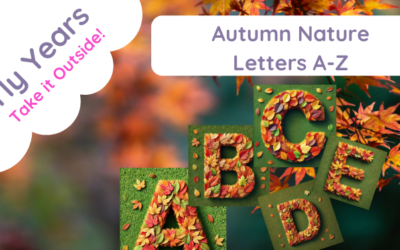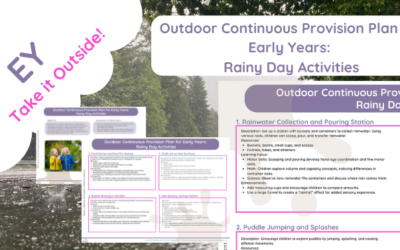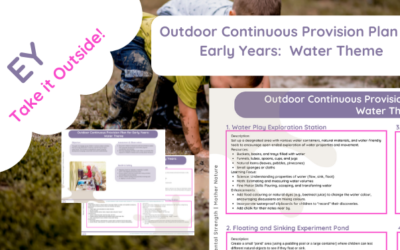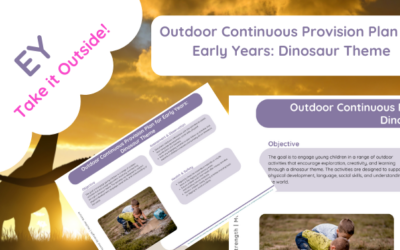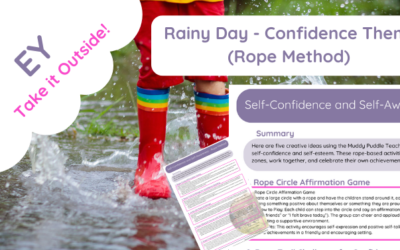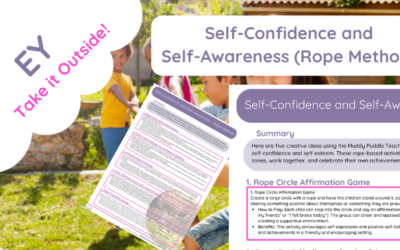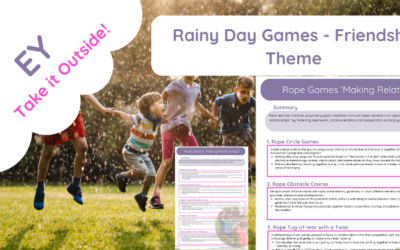Nature Craft Christmas Templates – Outdoor Festive Fun! Product Description: Bring the magic of Christmas and the...
50 Outdoor Christmas Activities Early Years
Nov 21, 2024
Transform your festive season into a magical outdoor adventure with 50 Outdoor Christmas Activities for Early Years!...
24 Nature Crafts for Advent
Nov 14, 2024
24 Nature Crafts for Advent: A Journey of Creativity and Connection Celebrate the season with "24 Nature Crafts for...
25 Parachute Games (PSED)
Nov 13, 2024
25 Parachute Games (PSED) Idea Pack Unlock the power of play with our "25 Parachute Games for Personal, Social, and...
Lanyard Challenges Sand Area (Underwater Theme)
Nov 13, 2024
Product Description: Lanyard Challenges Sand Area (Underwater Theme) Dive into a world of imagination with the Lanyard...
Mud Kitchen Posters – Christmas Theme
Nov 12, 2024
Christmas-themed Mud Kitchen Posters Bring festive cheer to your little one's outdoor play area with our delightful...
Mud Kitchen Recipe (Autumn Theme)
Nov 12, 2024
Product Description: Mud Kitchen Recipe Kit – Autumn Theme Ignite your child's imagination and connection with nature...
Mud Kitchen Recipes (Bonfire Night)
Nov 12, 2024
Ignite creativity and sensory exploration with our Mud Kitchen Recipes: Bonfire Night Theme! This unique collection of...
Anti Bullying Week – Early Years
Nov 12, 2024
Anti-Bullying Week Ideas Pack for Early Years Our Anti-Bullying Week Ideas Pack for Early Years is designed to help...
Autumn Nature Emotions
Nov 11, 2024
Autumn Nature Emotions: Explore Feelings with Loose Parts Introduce children to emotions hands-on, nature-inspiredly...
Autumn Nature Numbers 0-20 (Outdoor Displays)
Nov 11, 2024
Autumn Nature Numbers: Engaging Display for Indoor & Outdoor Learning Spaces Celebrate the beauty of autumn while...
Autumn Nature Letters (Capitals)
Nov 10, 2024
Autumn Nature Letters: Bring the beauty of autumn into early years settings with our Capital Autumn Lettering—a...
Outdoor Continuous Provision Plan for Early Years: Rainy Day Activities
Nov 8, 2024
Product Description: Outdoor Continuous Provision Plan for Early Years – Rainy Day Activities Turn rainy days into...
Outdoor Continuous Provision Plan for Early Years: Water Theme
Nov 8, 2024
Product Description: Outdoor Continuous Provision Plan for Early Years: Water Theme (MPT Approach) Bring the wonder of...
Dinosaur Continuous Provision Plan (Early Years Outdoors)
Nov 8, 2024
Product Description: Continuous Provision Plan for Early Years Outdoors:...
Rainy Day Ideas Early Years – Confidence Theme (Rope Method)
Nov 7, 2024
Rainy Day Ideas for Early Years - Confidence Theme (Rope Method) Using the Muddy Puddle Teacher Approach Turn rainy...
Self-Confidence and Self-Awareness (Early Years) Rope Method
Nov 7, 2024
Self-Confidence and Self-Awareness in the Early Years - Rope Method Using the Muddy Puddle Teacher (MPT) Approach...
Rainy Day Activities Early Years (Friends Theme)
Nov 7, 2024
Rainy Day Activities for Early Years (Friends Theme) Using the Muddy Puddle Teacher Rope Method Turn rainy days into...
New In
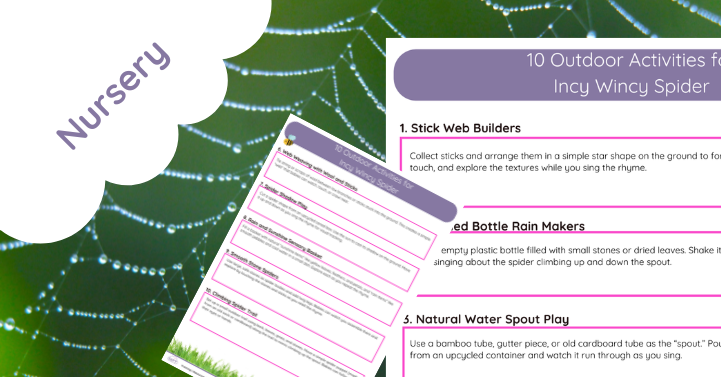
10 Outdoor Activities for Incy Wincy Spider
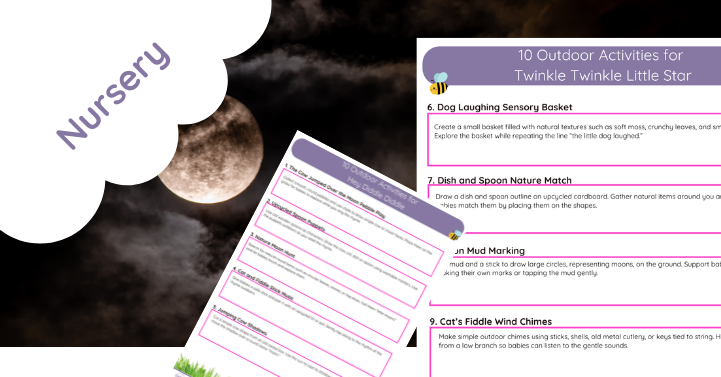
10 Outdoor Hey Diddle Diddle Activity Ideas
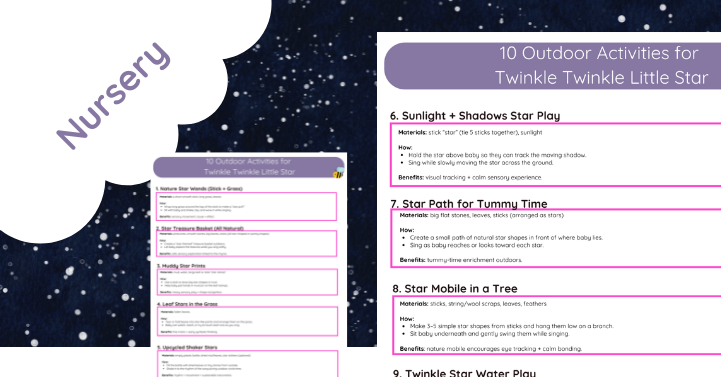
10 Outdoor Activities for Twinkle Twinkle Little Star
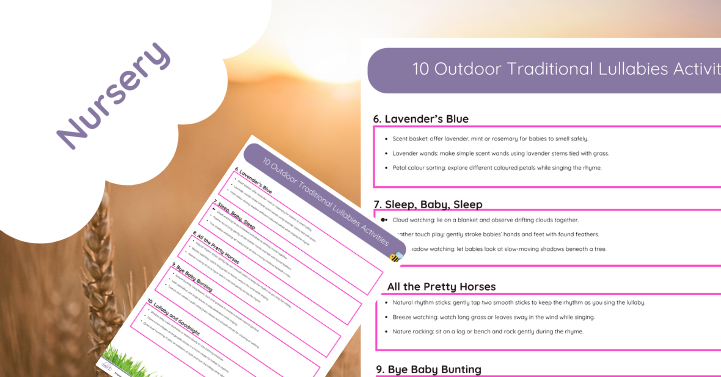
Outdoor Lullaby Activities for Babies
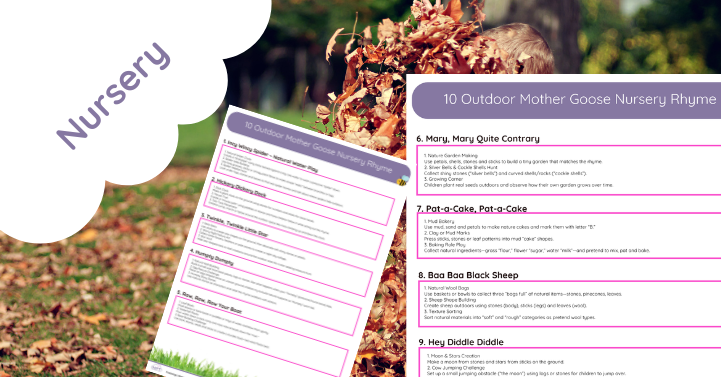
10 Outdoor Mother Goose Nursery Rhyme Activities
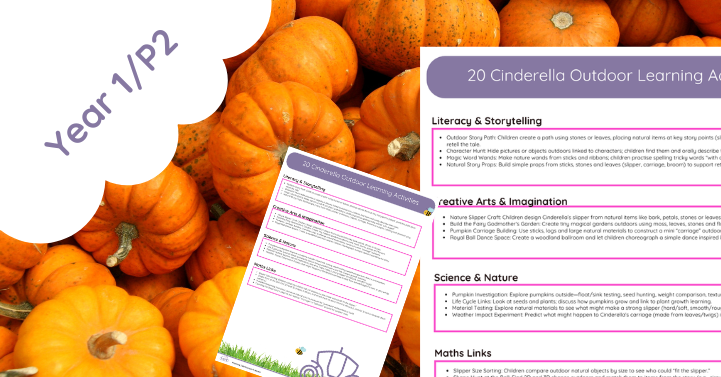
20 Cinderella Outdoor Learning Activities
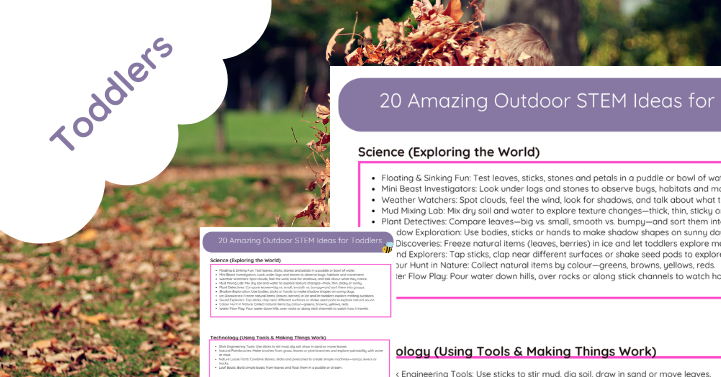
20 Amazing Outdoor STEM Ideas for Toddlers
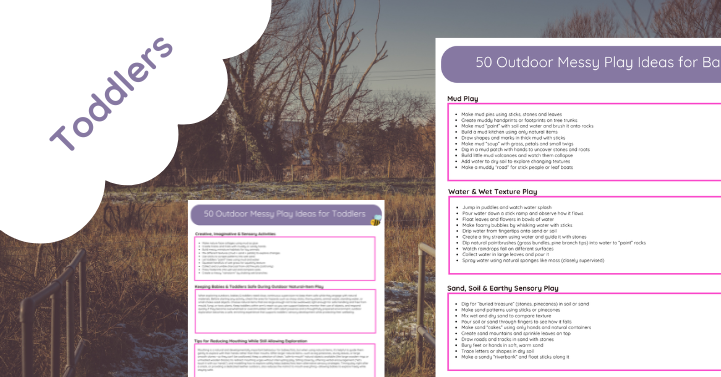
50 Outdoor Messy Play Ideas for Toddlers Using Natural Items
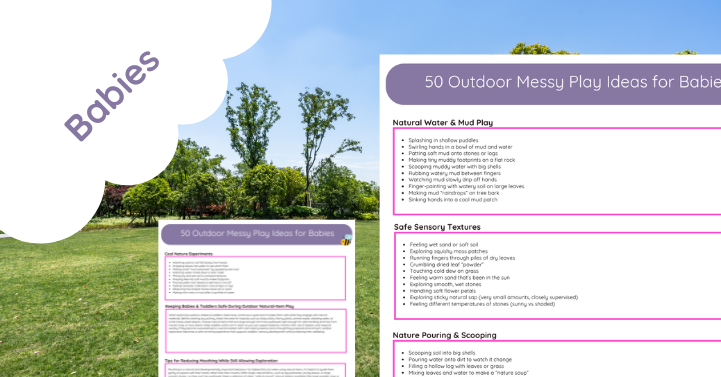
50 Outdoor Messy Play Ideas for Babies Using Natural Items
